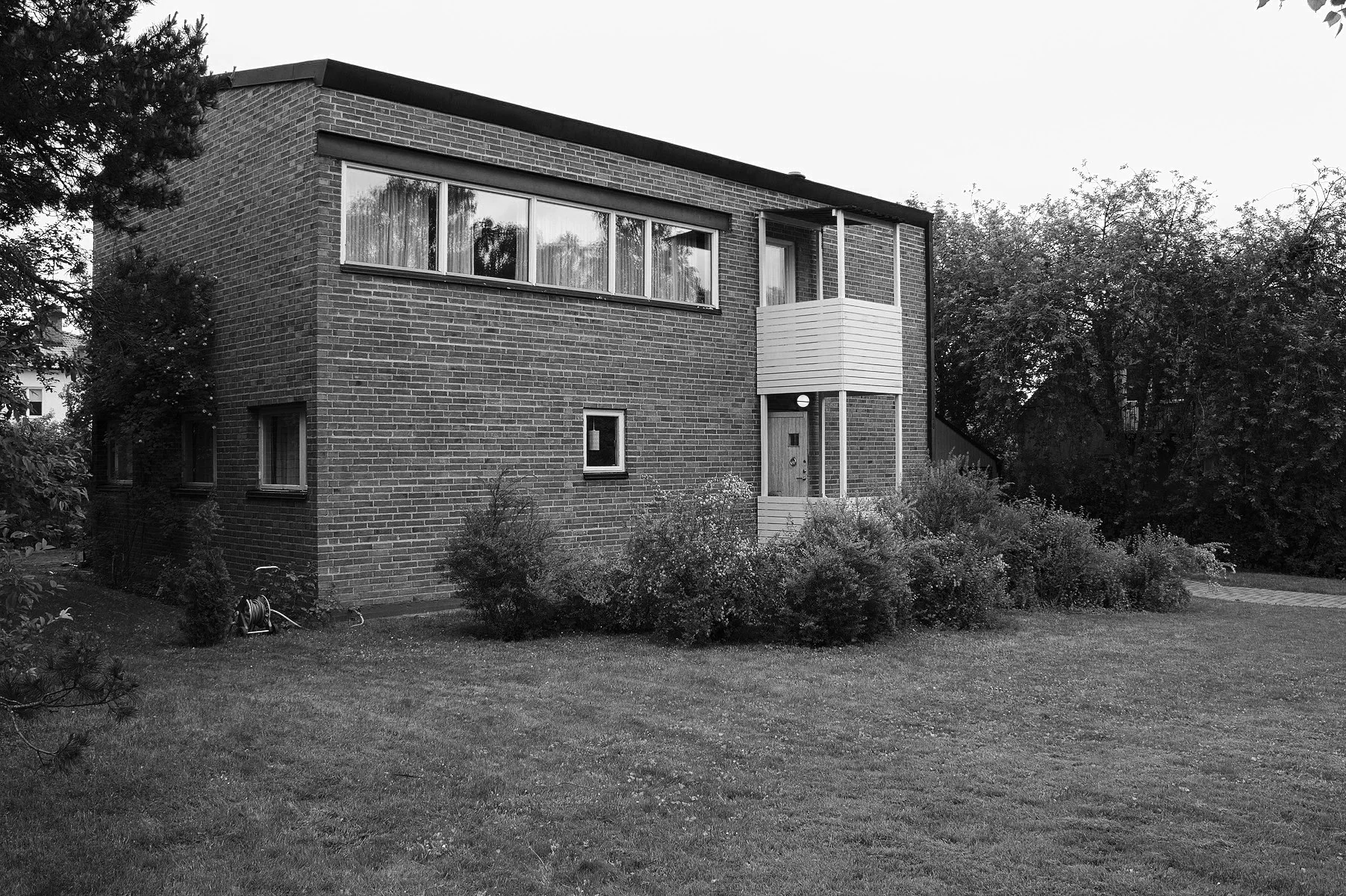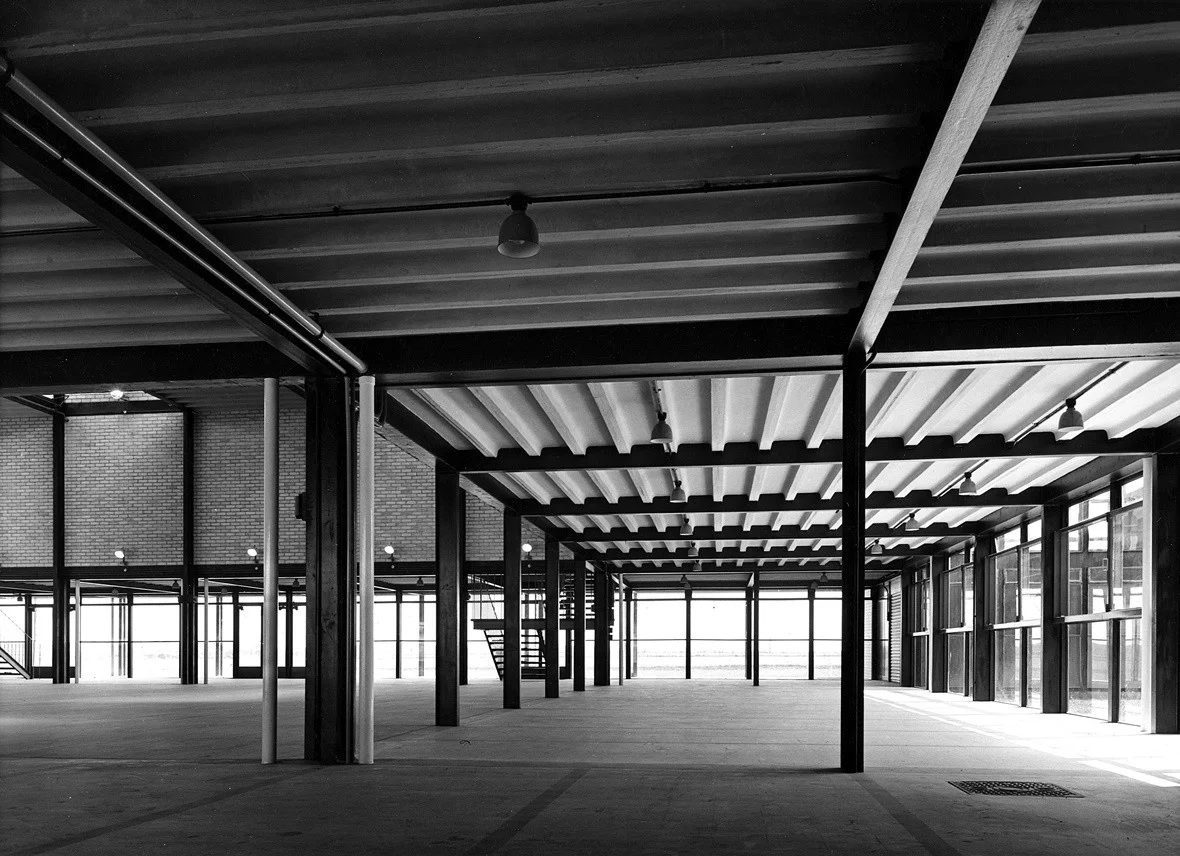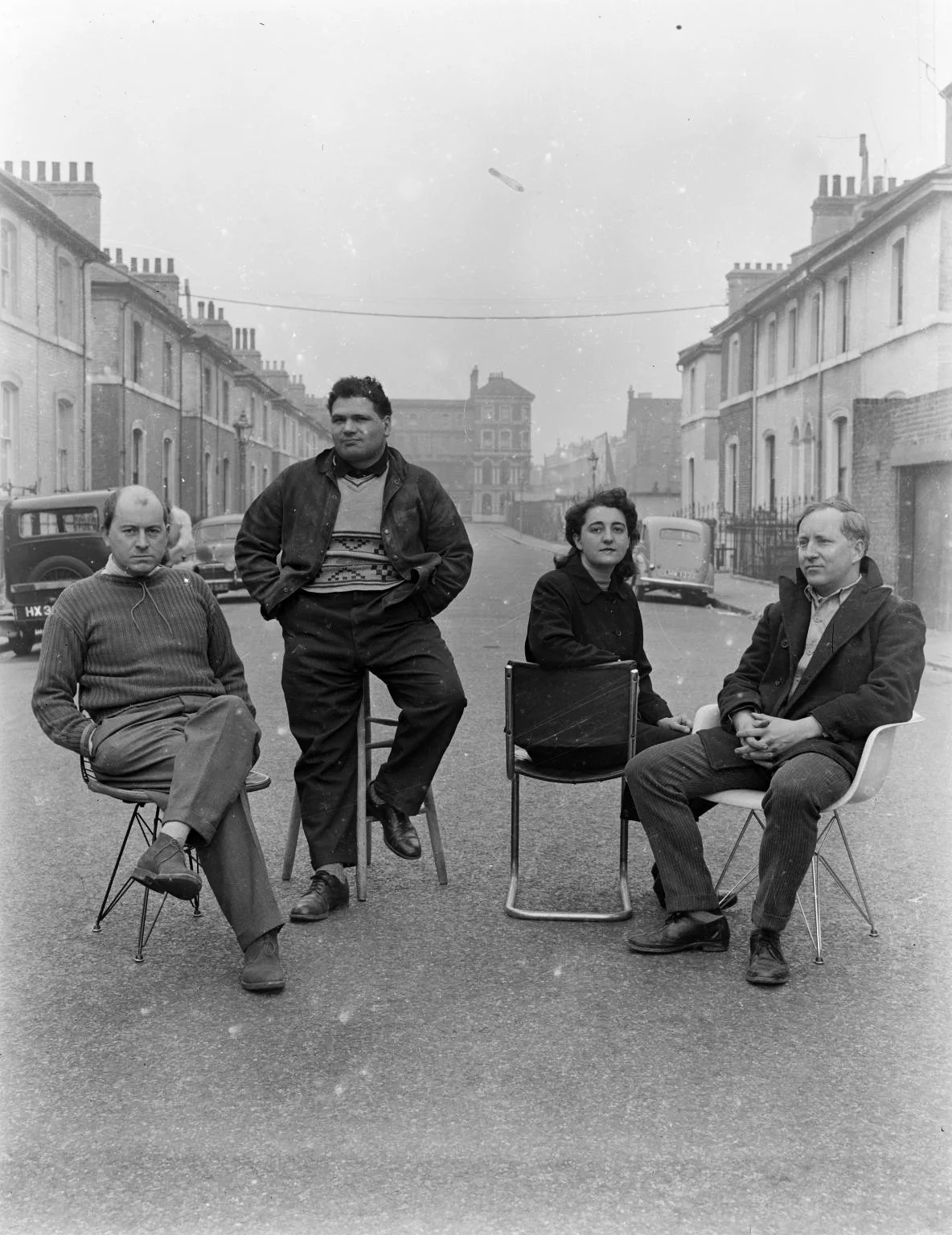English Brutalism, a history of ethics?
Imad Dahmani
In the 1950s, the day after the Second World War, Europe was one huge construction site. The problem of the reconstruction of cities and rehousing is therefore at the center of the concerns of architects, a unique field of experimentation. Brutalism was born on the ruins of the post-war period and developed as a historiography of re-evaluation of post-war modern technical architecture, it was a theoretical process before being practical.
Brutalist architecture is essentially defined as an architectural style of Anglo-Saxon origin resulting from modernism between the 50s and 70s, it went through 2 distinct phases, restricted which was called " English brutalism" but also broadly named " international brutalism” which subsequently spread throughout the world.
The history of the origin of the term "neo brutalist" is still confused, according to the critic Reyner Banham, it was used for the 1st time by Hans Asplund to define the architects Bengt Edman and Lennart Holm through their Göth house, the term would have been imported in 1951 in London and adopted later by the Smithsons.
Maison Göth, Bengdt edman, Lennard Holm | 1950
© Creative Commons Attribution (CC BY)
Alison et Peter Smithson
© Museumofbatharchitecture
Banham mentioned in his book "New Brutalism" that the first building to be called neo brutalist was Hunstanton Secondary School ( 1949-53) in Norfolk by the Smithsons and referred to it as an "attempt to create architecture by assembling raw materials” . Aesthetics of materials left raw, pipes and steel joints left exposed, the entire building is readable from the outside, by its structural truth, it borrows from the architecture of Mies Van der Rohe (Alumni Memorial Institute Hall of Illinois 1945-46 ) his honesty. It is not only an aesthetics and truth of the materials but to see the “reality in an objective way” . He defines brutalism:“The qualities of this object can be summarized as follows: 1, a formal legibility of the plan; 2, a clear exposure of the structure; 3, an enhancement of materials based on their intrinsic qualities, as they are found»
Alumni Memorial Hall Institut d’Illinois, Mies Van der Rohe | 1945-46
© Brutalismus
L’école secondaire de Hustanton, Norfolk, Alison et Peter Smithson | 1949-45
© Forcevitalemalaquais
The Hunstanton school displayed an attitude that embodied and encompassed a series of notions complementary to brutalism such as:
Responsibility: Commitment of the architect vis-à-vis society and the integration of architecture within a framework set by society and the requirements of urban planning
Truth: Process that shows the mode of construction, thus quoting Louis Kahn who defines the architectural volume "I think that an architectural space is a space in which it is obvious how it is made"
Objectivity: Requirement expressed by the use for which the construction is intended
Rigor: Use and implementation of materials as it is
Transparency: Make visible to the outside the logical condition of the guiding thought of the program and the spatial organization, framework of the construction and nature of the materials
Image: This notion considers that an architectural work must have an apprehensible visual identity. The form should speak to the content and function of the building
Hustanton Secondary School, Norfolk, Alison et Peter Smithson | 1949-45
© Wikiarquitectura
Hustanton Secondary School, Norfolk, Alison et Peter Smithson | 1949-45
© architectsjournal
No concept is new but their respective relationships characterize this brutalist architecture, it will be noted that the function is no longer at the center of the debate but rather the perceptibility and coherence of the building as a visual entity.
Le Corbusier who will say that "architecture is with raw materials, establishing moving relationships".
The Independent Group, left to right: Nigel Henderson, Eduardo Paolozzi, Alison Smithson, Peter Smithson
© Nigel Henderson Estate
Exposition «Parallel of Life and Art» Institute of Contemporary art. 1953
© Ouno Design
Brutalism was an entity that was not excluded from the artistic world, the Smithsons challenged the rationalist architecture of the modern movement, something that led them to a "primitive" search for the fundamental principles of community life in order to renew the spatial design and meet human aspirations. “The heroic struggle of the first era of the modern movement closely proceeded to us, which gives us a sense of moral responsibility to invent in our turn forms appropriate to the new post-war era. Shapes of equal strength, but in a different way, responding to the most complex needs of our time » Alison & Peter Smithson
Artistic references interpenetrate with architecture, the Smithsons join the "Independent Group" , made up of young architects, artists and critics who have a common goal: to bring about changes in the overly modernist conception of contemporary art, to bring notions of mass culture and the aesthetics of the found object. For art, it developed in the paintings of Jean Dubuffet through "art brut" but also the birth of Pop art, in architecture it expressed itself in brutalism. Finally Reyner banham will synthesize neo-brutalism by saying "What characterizes neo-brutalism, in the end, in architecture as in painting, is precisely its brutality, its I don't care, its stubborn side "








